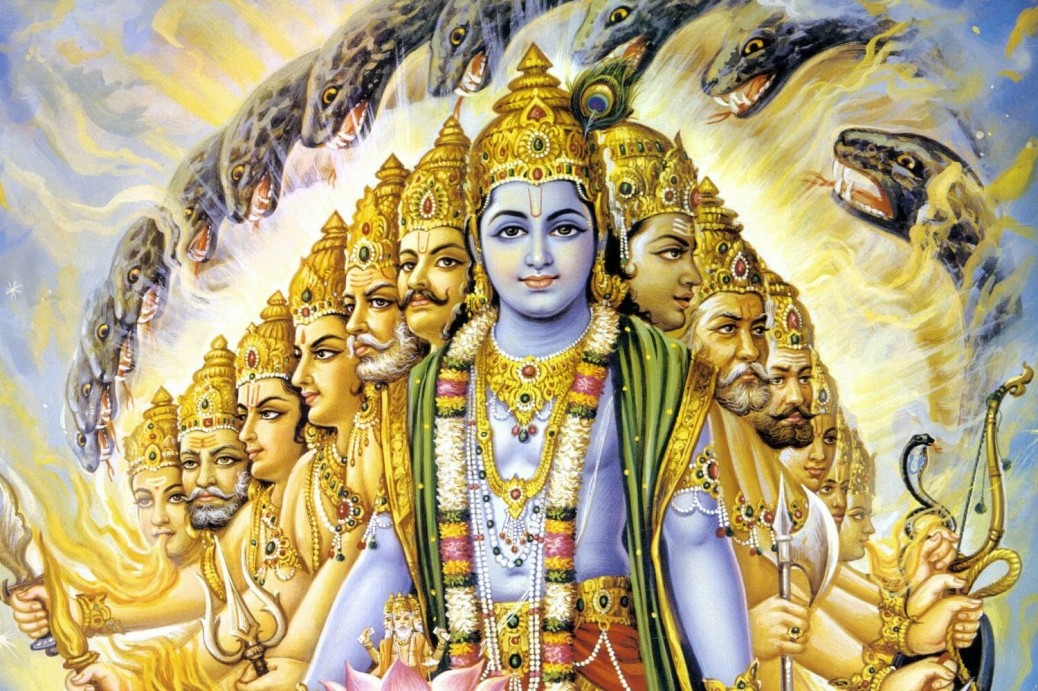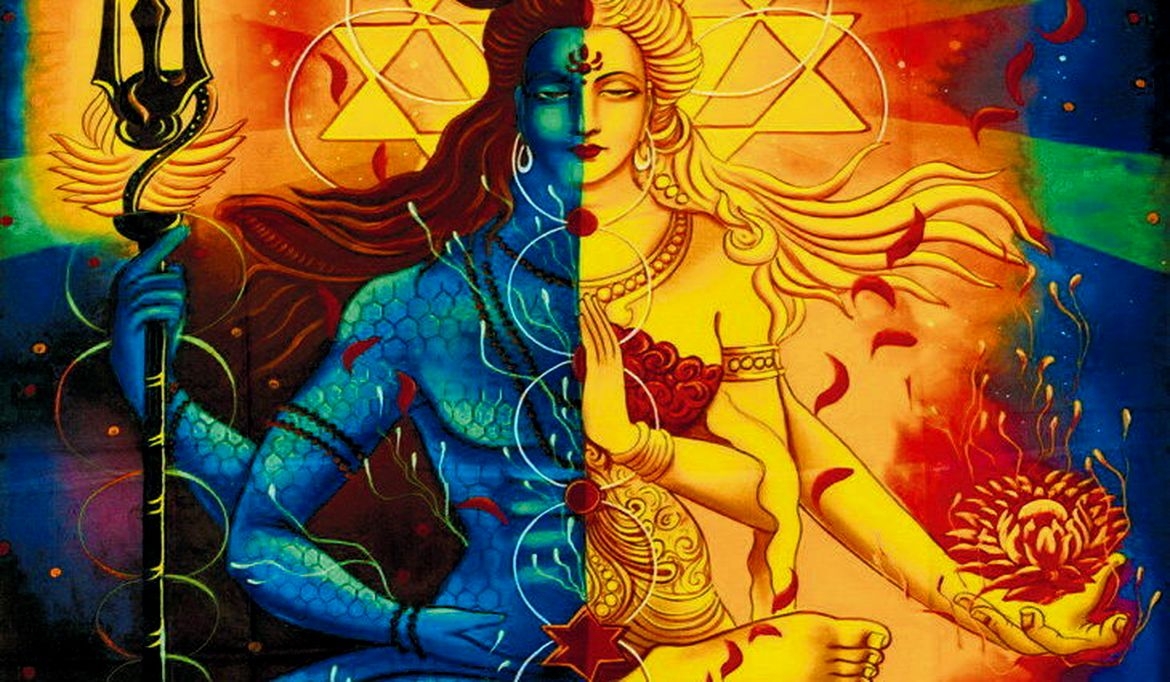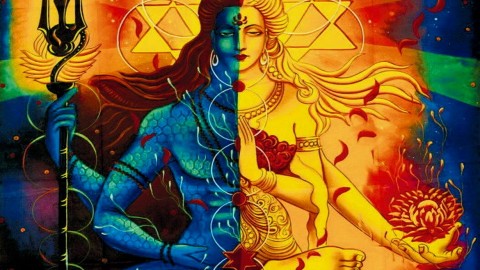Single Stream – In Gita Verse 6.20-23 In the stage of perfection called trance, or samādhi, one’s mind is completely restrained from material mental activities by practice of yoga. This perfection is characterized by one’s ability to see the Self by the pure mind and to relish and rejoice in the Self. In that joyous state, one is situated in boundless transcendental happiness, realized through transcendental senses. Established thus, one never departs from the truth, and upon gaining this he thinks there is no greater gain. Being situated in such a position, one is never shaken, even in the midst of greatest difficulty. This indeed is actual freedom from all miseries arising from material contact.
When Krishna says – Samadhi is the ultimate state when all desires disappear, all thoughts disappear, the whole mind disappears. You are in a state of no-mind.
Buddha even uses the word right for samadhi. That has to be understood. He says: “right realization of truth.” One wonders, can there be wrong realization of truth? Buddha says yes. Samadhi is the ultimate state when all desires disappear, all thoughts disappear, the whole mind disappears. You are in a state of no-mind. But this can happen in two ways.
You can fall into a deep sleep, so deep that there are no longer even dreams – the mind has disappeared. In deep sleep there is no desire, there is no mind, no thought. But this is not samadhi – this is coma!
Many people – in India particularly – go into such a coma, and they think they are in samadhi. For hours together they become unconscious. It is a kind of hysterical fit. You can see their faces, their mouths foaming. You can see the quality of their being. They are just lying down like corpses; they are not radiating. You will not see any joy around them, just a negative kind of emptiness. But they are thought to be great saints.
Buddha says this is a wrong kind of meditation and a wrong kind of samadhi. Right samadhi means you have to be without mind, fully awake; in wakefulness, thoughts have to disappear. It is easy to fall asleep, to fall into a deep coma, in a kind of hysterical fit and be without mind; but that is falling below mind not transcending mind. Right samadhi is a transcendence: you go beyond mind, but you are fully alert, aware. Only then is samadhi right – when it grows in awareness and when awareness grows through it. When you become enlightened you have to be absolutely awakened; otherwise you will missed; at the last step.
Samadhi is something that comes after assimilation to one who has attuned his mind with the supreme statements like Tattvamasi, “That art thou,” Aham brahmasmi, “I am brahman,” Soham, “I am that.” One whose mind and behavior have become expressions of these statements, one in whose movements there is the melody of “That art thou,” one in whose movements there is the gesture and the indication that he is moving in tune with Brahman – such a person is able to attain samadhi.
When the meditator and meditation are both lost, only the meditated-upon, the goal, remains – this is samadhi.
Let us understand this. There are three words: meditator, meditation and the meditated-upon – the goal. For example, “That art thou” is the goal, the meditated-upon. We are trying to grasp this supreme statement; this is the goal. This is worth achieving, only this is worth achieving. This is the goal, this is the final destination. Then “I,” the meditator, is the one who is thinking of this aim, is the one who is contemplating this aim, who is longing for this aim, who is thirsty for this aim; who is eager to attain this goal… This is “I”, the meditator – the consciousness moving toward the goal. And when the meditator runs toward this goal, when all other running ceases and only this running of the consciousness toward this goal remains, this is called meditation.
Krishna says when all streams of consciousness begin flowing toward the goal, united, and do not flow separately in dozens of streams any longer; when they are integrated into one; when consciousness becomes a single stream and begins flowing toward the goal, constantly – flying straight like an arrow – this flowing consciousness is called meditation, Samadhi.
Samadhi – the Upanishad says that when the meditation drowns in the goal leaving not even a trace of life energy behind, when the meditator’s total energy and total consciousness becomes one with the goal, the moment comes when the meditator is not even aware that “I am.” A moment comes when the meditator is not even aware that meditation is, that only Tattvamasi, only the goal, remains. That state is called samadhi, when not the three – the meditator, the meditation and the meditated-upon – when not three but only one remains.
Tags: Single Stream





